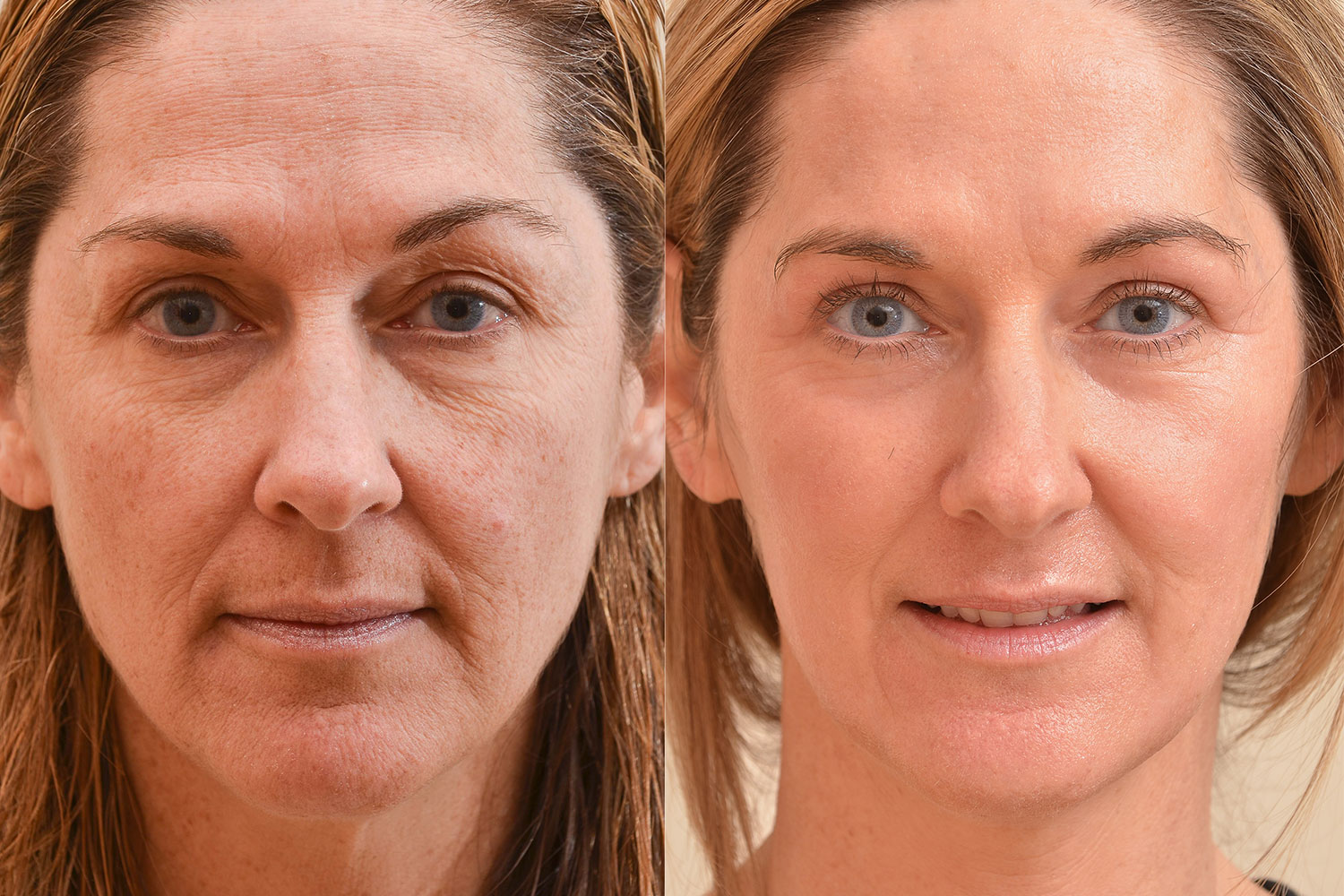Laser Skin Resurfacing in the U.S.: Revolutionizing Anti-Aging and Wrinkle Reduction
U.S. Market Dynamics & Trends
1. Explosive Growth Drivers
- Social Media Influence: 68% of patients cite Instagram/TikTok before consulting providers (ASDS Consumer Survey).
- Preventative Aging: 35% of new patients are millennials seeking early intervention.
- Hybrid Solutions: Combining lasers with neurotoxins or fillers yields 42% longer-lasting results (Journal of Cosmetic Dermatology).
2. Dominant Technologies
| Laser Type | Primary Use | Downtime |
|---|---|---|
| Ablative CO2 | Deep wrinkles, scars | 10–14 days |
| Non-Ablative Fractional | Moderate photodamage | 3–5 days |
| Picosecond | Pigmentation, fine lines | Minimal ("lunchtime procedure") |
| Nd:YAG | Melasma, darker skin tones | 24–48 hours |
Source: American Academy of Dermatology Treatment Guidelines
3. Regional Preferences
- Sun Belt States (CA, FL, TX): High demand for sun damage reversal.
- Urban Centers (NYC, Chicago): "Express" treatments with minimal downtime.
- Medical Tourism Hubs (Miami, Beverly Hills): Attract international patients for advanced systems like Fraxel® or Halo™.
Safety & Regulation: The U.S. Framework
1. FDA Oversight
- All devices require FDA-clearance for specific skin conditions.
- Recent crackdowns on counterfeit "laser pens" sold online.
2. Provider Qualifications
- Board-certified dermatologists achieve 89% higher patient satisfaction (ASDS data).
- State Variations: 28 states mandate physician supervision for aestheticians.
3. Risk Mitigation
- Pre-treatment protocols: Mandatory Fitzpatrick skin typing to prevent burns/hyperpigmentation.
- Post-care innovations: Oxygen-rich recovery serums and LED therapy to accelerate healing.
Emerging Innovations
1. AI-Powered Devices
- Real-time skin analysis adjusting laser energy (e.g., Lumenis OptiLight).
- Predictive outcome modeling via 3D imaging.
2. Combination Therapies
- "Laser Facials": Pairing resurfacing with platelet-rich plasma (PRP).
- Temperature Control: CoolSense™ tech reducing discomfort without topical anesthesia.
3. Home-Affiliated Tech
- FDA-cleared devices like SmoothSkin Pure Fit—though professionals warn: "No at-home laser equals clinical results."
Cultural Shifts & Consumer Behavior
- Men’s Market Surge: 200% increase since 2019 (focusing on crow’s feet and neck).
- Preventative Care: 25-year-olds opting for annual "tune-ups."
- Transparency Demands: 76% of patients review providers on RealSelf® before booking.
Post-Treatment Expectations
- Immediate Effects: Redness resembling sunburn (resolves in 24–72 hours).
- Progressive Improvement: Collagen remodeling peaks at 3–6 months.
- Maintenance: Annual touch-ups recommended for sustained results.
Why Choose Professional Treatment?
"Medical spas without physician oversight have 3x higher complication rates" — FDA Safety Bulletin (2024).
- Hospital-grade sanitation prevents infections.
- Customized regimens based on skin type/ethnicity.
Key Considerations for U.S. Patients
- Verify provider credentials via AAD/ASDS databases.
- Insist on pre-treatment patch tests.
- Avoid sun exposure 4 weeks pre/post-procedure.
- Demand FDA-cleared devices only (e.g., Syneron-Candela, Cynosure).
Future Outlook
With projected 14% annual growth (Grand View Research, 2024), next-gen lasers promise shorter recovery, personalized wavelength blending, and genetic skin aging reversal—solidifying America’s status as the global leader in aesthetic innovation.
Conclusion: Redefining Aging in the American Aesthetic Landscape
Laser skin resurfacing has fundamentally transformed anti-aging solutions in the United States, merging cutting-edge technology with increasingly personalized care. As the market surges toward 14% annual growth—driven by demand for minimal downtime and natural results—these treatments exemplify America’s shift toward evidence-based, non-invasive rejuvenation.
The Future Unfolds:
Emerging trends like at-home medical-grade devices (under dermatologist guidance) and ethnicity-specific wavelength algorithms will further democratize access. Meanwhile, the convergence of lasers with regenerative medicine—think stem cell serums paired with resurfacing—promises not just wrinkle reduction but cellular rejuvenation.

